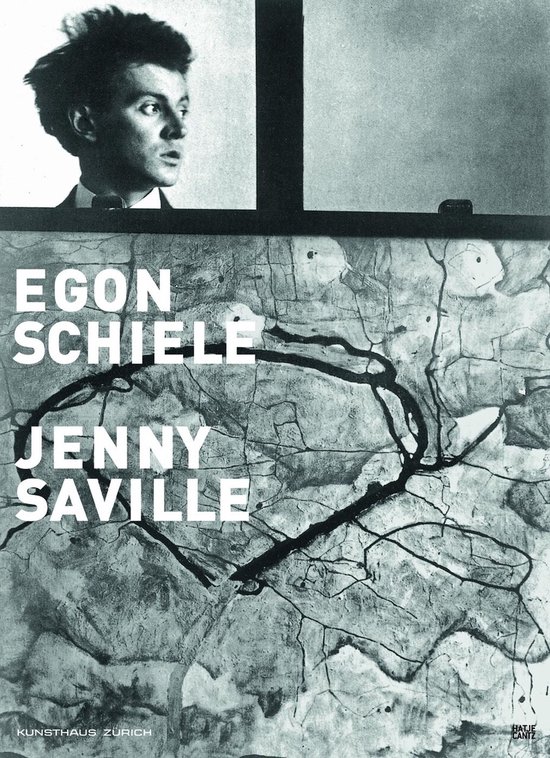
Paint Made Flesh
Considers expressive figuration as a reflection of artists' responses to such topics as identity, sexuality, and mortality, and as a symptom of a spectrum of social and political attitudes shaping Western culture since World War II. This title features art from the United States, Great Britain, and Germany.
In ""Paint Made Flesh"", expressive figuration is considered as a reflection of artists' responses to such topics as identity, sexuality, and mortality, and as a symptom of a broader spectrum of social and political attitudes shaping Western culture since World War II. It features art from the United States, Great Britain, and Germany, countries that have since the 1950s produced many artists who use paint as a metaphor for flesh in all its aspects. It will also consider contemporary artists whose works move from a national to a global stage in terms of meaning and style.The book has been developed to accompany an early 2009 exhibition at the Frist Center for the Visual Arts, which will include paintings by artists like Francis Bacon, Willem de Kooning, Lucian Freud, Pablo Picasso, and Julian Schnabel from private collections and museums around the world. ""Paint Made Flesh"" will feature 37 color plates and approximately forty other illustrations, and four essays by major art historians.Susan H. Edwards's essay 'The Influence of Anxiety' considers works by American artists active from the 1950s to the 1970s, including Willem de Kooning, Leon Golub, Philip Guston, and Alice Neel, as responses to social conditions and the expressive limitations of late Modernism. Emily Braun's 'Skinning the Paint' looks at the work of British painters Francis Bacon, Lucian Freud, and Frank Auerbach, and its legacy in the painting of Jenny Saville and Cecily Brown. The title refers to the way these artists use a knife both to strip the skin or surface of the figure and to build up new layers of epidermis, comprising a metaphor for the dialectic between psychological and physical aspects of being.Richard Shiff's 'Drawn on the Body' discusses German artists such as Georg Baselitz, Markus Lupertz, and Albert Oehlen, whose gestural paint application is seen as both an extension and critique of the notion of a national heritage distinctly tied to Expressionism. The final essay, Mark W. Scala's 'Fragmentation and Reconstitution: Painterly Figuration Since 1980,' examines ways that artists like Wangechi Mutu, Daniel Richter, and John Currin posit a transmutation of identity - personal, cultural, and sexual - that is today mirrored in images of the body. Instead of asking the question of the traditional figure painter: 'Who are we?' these artists are more concerned with the question 'Who will we become?'
In ""Paint Made Flesh"", expressive figuration is considered as a reflection of artists' responses to such topics as identity, sexuality, and mortality, and as a symptom of a broader spectrum of social and political attitudes shaping Western culture since World War II. It features art from the United States, Great Britain, and Germany, countries that have since the 1950s produced many artists who use paint as a metaphor for flesh in all its aspects. It will also consider contemporary artists whose works move from a national to a global stage in terms of meaning and style.The book has been developed to accompany an early 2009 exhibition at the Frist Center for the Visual Arts, which will include paintings by artists like Francis Bacon, Willem de Kooning, Lucian Freud, Pablo Picasso, and Julian Schnabel from private collections and museums around the world. ""Paint Made Flesh"" will feature 37 color plates and approximately forty other illustrations, and four essays by major art historians.Susan H. Edwards's essay 'The Influence of Anxiety' considers works by American artists active from the 1950s to the 1970s, including Willem de Kooning, Leon Golub, Philip Guston, and Alice Neel, as responses to social conditions and the expressive limitations of late Modernism. Emily Braun's 'Skinning the Paint' looks at the work of British painters Francis Bacon, Lucian Freud, and Frank Auerbach, and its legacy in the painting of Jenny Saville and Cecily Brown. The title refers to the way these artists use a knife both to strip the skin or surface of the figure and to build up new layers of epidermis, comprising a metaphor for the dialectic between psychological and physical aspects of being.Richard Shiff's 'Drawn on the Body' discusses German artists such as Georg Baselitz, Markus Lupertz, and Albert Oehlen, whose gestural paint application is seen as both an extension and critique of the notion of a national heritage distinctly tied to Expressionism. The final essay, Mark W. Scala's 'Fragmentation and Reconstitution: Painterly Figuration Since 1980,' examines ways that artists like Wangechi Mutu, Daniel Richter, and John Currin posit a transmutation of identity - personal, cultural, and sexual - that is today mirrored in images of the body. Instead of asking the question of the traditional figure painter: 'Who are we?' these artists are more concerned with the question 'Who will we become?'
| Auteur | | Mark W. Scala |
| Taal | | Engels |
| Type | | Paperback |
| Categorie | | Kunst & Fotografie |





